A rubber cutter is an industrial tool designed for the precise cutting of rubber materials. This equipment is integral to various sectors, including manufacturing plants, construction sites, and building material shops. The versatility of a rubber cutter allows it to handle different materials such as foam, plastic, and even specialized applications like laser engraving. With options ranging from manual to CNC-operated systems, these cutters are essential for businesses seeking high-accuracy and multifunctional capabilities.
Types and Applications of Rubber Cutters
The rubber cutter category encompasses a variety of machines, each with unique characteristics to serve different industrial needs. Oscillating blade contour cutters are engineered for precision, allowing for intricate cuts on softer rubber materials or foams. Hose crimping machines, on the other hand, are designed to cut through tougher materials, such as hydraulic hoses, with ease. CNC gasket cutting machines cater to the production of gaskets from materials like PTFE and silicone, offering high precision and repeatability. The diversity in types ensures that whether a business is involved in automotive manufacturing, aerospace, or packaging, there is a rubber cutter tailored to their specific requirements. For instance, the ZXT Flatbed Foam Rubber Cutter is optimized for cutting large sheets of foam rubber, while the PE Corrugated Tube Cutting Machine is ideal for precise cuts on corrugated tubes, enhancing efficiency in electrical and automotive industries.
Structure and Core Components
The structure of a rubber cutter is a marvel of engineering, consisting of a sturdy frame that houses the motor, which drives the cutting mechanism. The cutting mechanism itself may vary from rotary blades to oscillating knives, each chosen for their ability to slice through rubber with minimal resistance. Advanced models feature a CNC table that moves the material with precision under the cutter, guided by a computer program. This synergy of components results in a machine that can deliver clean cuts with high accuracy, essential for quality control in product manufacturing. The core components such as the motor and engine are selected for their reliability and efficiency, while bearings ensure smooth operation, and PLCs offer precise control over the cutting process. The inclusion of high-quality gears ensures the longevity of the machine, even under the stress of continuous industrial use.
Materials and Graphic Format Compatibility
Materials used in the construction of a rubber cutter are selected for durability and performance. High-grade steel blades ensure sharpness and longevity, while industrial-grade motors provide the necessary power for continuous operation. The compatibility with various graphic formats like BMP and DXF allows users to import design files directly into the machine, facilitating a seamless transition from design to production. This integration is crucial for industries where custom shapes and patterns are a norm, such as in automotive gasket manufacturing or packaging. The chosen materials for the machine's construction, such as the Plexiglas or crystal used in certain components, are not only for their durability but also for their resistance to the wear and tear of industrial environments, ensuring that the machine can operate in various settings without degradation.
Business Usages and Key Selling Points
In the realm of business, a rubber cutter is a linchpin in production lines where rubber is a primary material. In the automotive industry, precise cuts are necessary for creating seals and gaskets that ensure vehicle safety and performance. In construction, accurate cutting of rubber materials is essential for insulation and waterproofing applications. The ability of these machines to deliver precise cuts quickly translates into cost savings and increased productivity, making them a valuable asset in any business setting where rubber is used. Retail and machinery repair shops also benefit from the cutter's multifunctionality, using it to customize products or repair parts on demand, which can significantly enhance customer satisfaction and business reputation.
Functions and Capabilities
A rubber cutter is designed to perform a range of tasks, from simple straight cuts to complex contours. The machine's functions can include automated feeding, which reduces manual labor, and programmable cutting paths, which allow for customization without the need for manual adjustments. This automation is particularly beneficial in high-volume production settings, where consistency and speed are paramount. The cutters can also be equipped with various blade types to handle different rubber densities and compositions, ensuring that each cut is clean and precise, regardless of the material complexity.
Features, Benefits, and Advantages
The distinct features of a rubber cutter include its high-precision cutting capabilities, user-friendly interface, and the ability to handle multiple material types. These features provide businesses with the advantage of versatility and adaptability to changing production demands. The benefits are manifold: reduced material waste, lower labor costs, and enhanced product quality. These advantages give businesses using rubber cutters a competitive edge in their respective markets. The competitive price and high productivity of these machines further solidify their position as a wise investment for businesses looking to streamline their operations and increase their bottom line.
How to Choose the Right Rubber Cutter?
Selecting the right rubber cutter involves understanding the specific needs of your business. Consider the material thickness, the complexity of the designs to be cut, and the volume of production. For high-volume, repetitive tasks, an automated CNC rubber cutter would be ideal. For more specialized, low-volume jobs, a manual or semi-automatic cutter might suffice. Always consider the after-sales service and warranty terms, as these can significantly affect the long-term usability of the machine. It's also important to consider the power source—whether hydraulic or electrical—and the voltage requirements to ensure compatibility with existing infrastructure.
What After-sales Services Are Available?
After purchasing a rubber cutter, buyers can expect a range of after-sales services. These may include engineers available to service machinery overseas, video technical support, online support, and field maintenance. Some suppliers also offer third-party support, ensuring that businesses have the help they need to keep their operations running smoothly. The availability of a machinery test report and the condition of the machine, whether new or used, can also influence the type and extent of after-sales services provided.
How to Maintain Your Rubber Cutter for Optimal Performance?
Maintaining a rubber cutter involves regular checks of the core components, timely lubrication of moving parts, and adherence to the maintenance schedule provided by the manufacturer. Ensuring clean and dust-free operation areas and proper training for operators also contribute to the longevity and optimal performance of the machine. Regular maintenance not only prevents downtime but also ensures that the machine operates at peak efficiency, which is crucial for maintaining productivity and extending the life of the cutter.



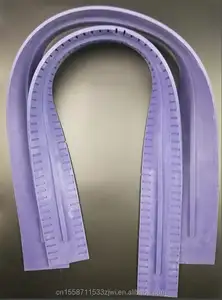











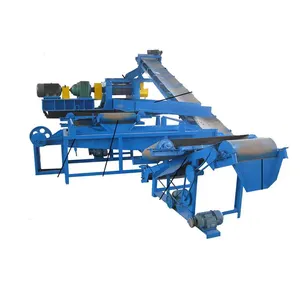







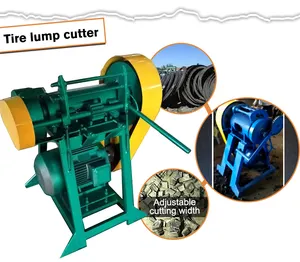


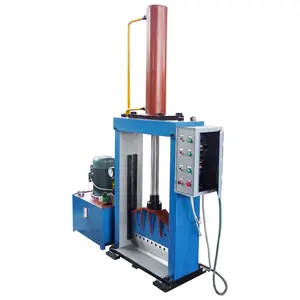


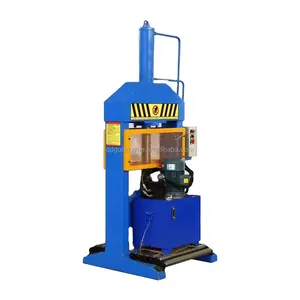





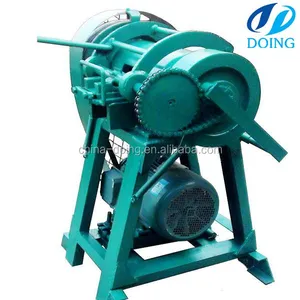
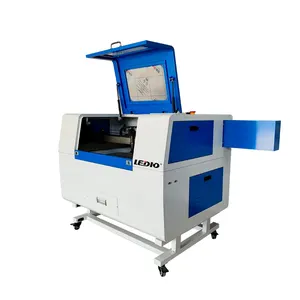






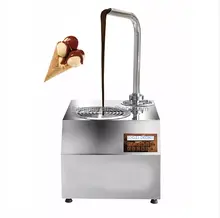
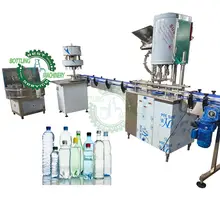

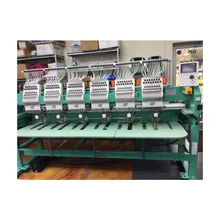

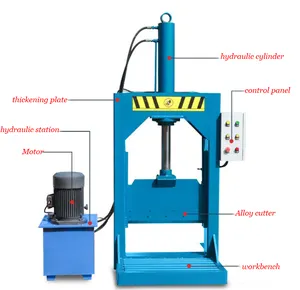
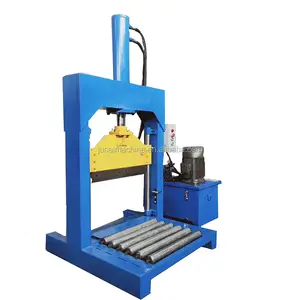


























 浙公网安备 33010002000092号
浙公网安备 33010002000092号 浙B2-20120091-4
浙B2-20120091-4